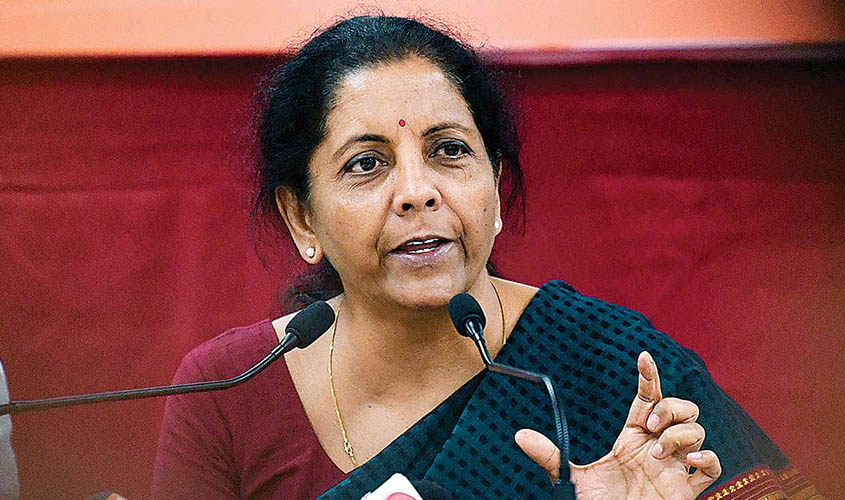Second quarter results for India Inc will give a sense of how soon a turnaround will happen.
New Delhi: Indian markets have seen a huge positive swing after Finance Minister Nirmala Sitharaman’s booster dose for India Inc in the form of a massive corporate tax cut. Markets gave a huge thumbs-up, rallying the most in the last decade. Sitharaman’s decision to cut taxes to bring the country in line with Asian peers was aimed at rolling out the red carpet for global investors and leaving more money with domestic companies for investments.
Since then, Indian bourses are clearly in a bullish territory (though it is impossible to predict the markets perfectly). The equity markets ended this week firmly in the green, adding over 950 points and for companies like BPCL, it has been their best week in nine years. For Siemens, it has been its best week in five years, indicating the shift in the sentiment of investors and their view on India.
While most analysts believe India may be back on the trajectory of the $5 trillion
Firstly, the second quarter results for India Inc will give a sense of how soon the measures announced by the Finance Minister will lead to a turnaround. Nearly half of Nifty 50 companies had missed estimates in the quarter ended June, which has been the worst performance in at least three years. Expectation is that if companies retain bulk of the tax cuts announced last week, earnings growth may sharply increase from 15% to as much as 22%-25%, spurring growth.
Secondly, markets would look at cues for which way the US-China trade war is headed and whether Indian companies are able to take significant advantage of it. The tax cuts—which mean a Rs 1.45 lakh crore revenue loss to the exchequer on account of foregone revenues—will mean India becomes an attractive investment destination not just for labour arbitrage, but also for tax arbitrage. An effective tax rate of 17% with no sunset clause should fire up the “Make in India” dream.
Thirdly, global factors will weigh on investors and markets. A tentative Wall Street—due to reports of possible impeachment proceedings against US President Donald Trump—would make foreign investors cautious on big bets in overseas markets, including in India.
Fourthly, crude oil prices are another key determinant of economic recovery for the world’s third largest oil importer. Benign crude prices—as are likely due to two key factors, a slowing Chinese economy leading to reduced global demand and faster than expected return of Saudi Arabia’s oil output—will mean lower pressure on our fiscal math.
Lastly, no government can continue to function normally with lower revenues or substantial revenue loss, which is why how soon the Finance Minister is able to shore up finances from alternate avenues, including divestment, would have a significant bearing on the proposed large public
infra investment—or pump priming, as it is called. Amidst concerns of fiscal deficit target being missed by a significant margin, leading to concerns of fiscal imprudence, it is crucial for the government to achieve its ambitious Rs 1 lakh
crore divestment target. Will the Maharaja finally have any takers? The answer may provide wings to the Indian economy all over again.
Gaurie Dwivedi is a senior journalist covering economy, policy and politics.

